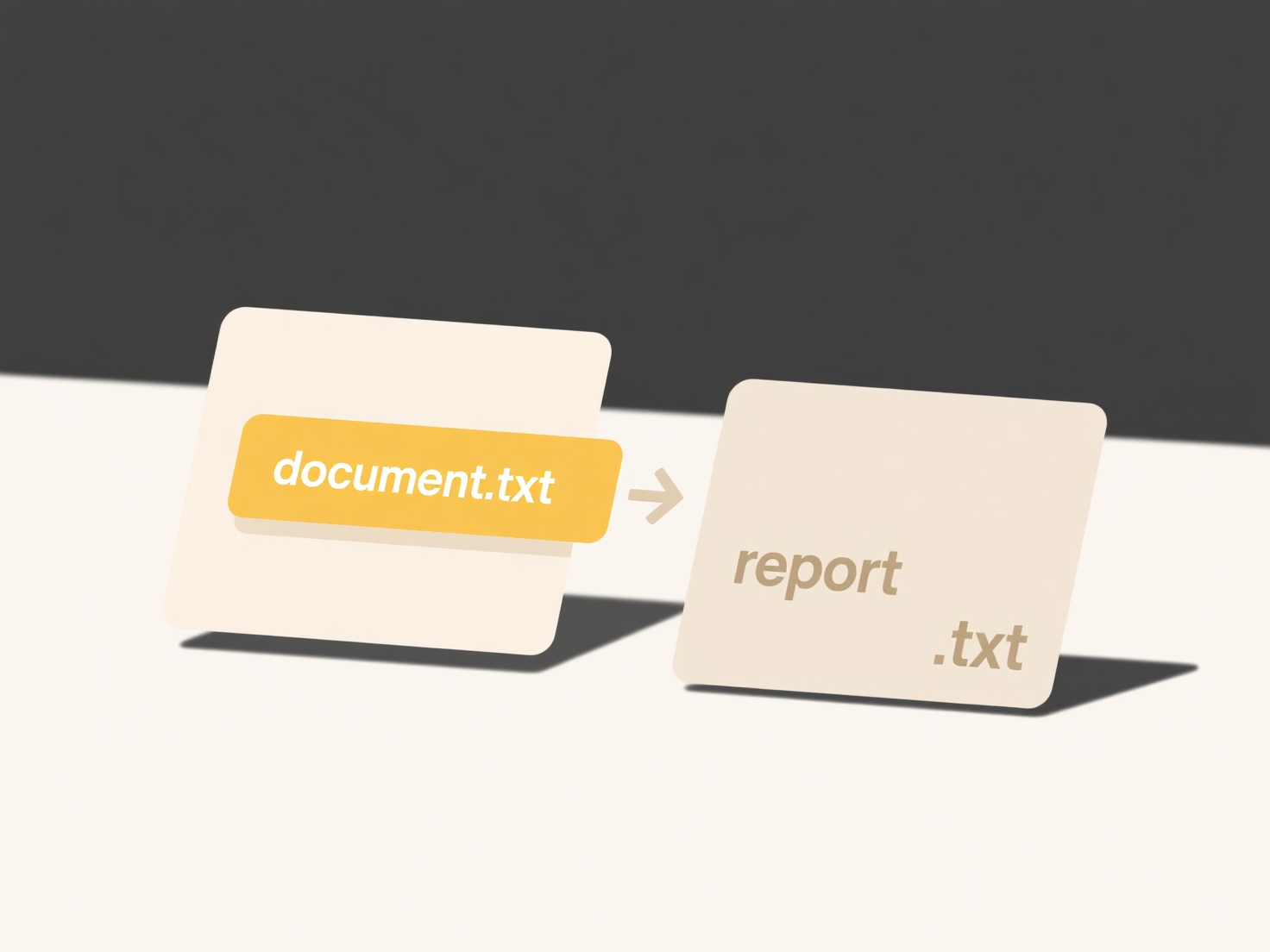
A file appears as gibberish or symbols when the program opening it misinterprets its underlying binary data. Computers store information as sequences of bytes (0s and 1s), and software uses a character encoding (like UTF-8, ASCII, or ANSI) to translate those bytes into readable characters. If the wrong encoding is applied, bytes are mapped to incorrect symbols, creating the gibberish effect. This often occurs when opening a file designed for a specific application (like a raw database file) in a generic text editor.
Common instances include opening non-text files such as image formats (JPEG, PNG), executables (.exe), or compressed archives (.zip) in a basic text editor like Notepad or TextEdit, which attempts to display the raw binary as text. Another example happens when importing a CSV file into a spreadsheet tool (like Excel) using an incorrect encoding setting; special characters from international languages may turn into symbols instead of accented letters. Data analysts and programmers frequently encounter this during file transfers or software debugging.

While understanding encoding helps resolve such issues, limitations exist: there's no universal encoding, and manually identifying the correct one can be difficult. Ethically, reliance on specific encodings can hinder access or preservation of older digital information. Future developments focus on better auto-detection heuristics and broader UTF-8 adoption, reducing errors and improving global compatibility as technology evolves.
Why is the file opening as gibberish or symbols?
A file appears as gibberish or symbols when the program opening it misinterprets its underlying binary data. Computers store information as sequences of bytes (0s and 1s), and software uses a character encoding (like UTF-8, ASCII, or ANSI) to translate those bytes into readable characters. If the wrong encoding is applied, bytes are mapped to incorrect symbols, creating the gibberish effect. This often occurs when opening a file designed for a specific application (like a raw database file) in a generic text editor.
Common instances include opening non-text files such as image formats (JPEG, PNG), executables (.exe), or compressed archives (.zip) in a basic text editor like Notepad or TextEdit, which attempts to display the raw binary as text. Another example happens when importing a CSV file into a spreadsheet tool (like Excel) using an incorrect encoding setting; special characters from international languages may turn into symbols instead of accented letters. Data analysts and programmers frequently encounter this during file transfers or software debugging.

While understanding encoding helps resolve such issues, limitations exist: there's no universal encoding, and manually identifying the correct one can be difficult. Ethically, reliance on specific encodings can hinder access or preservation of older digital information. Future developments focus on better auto-detection heuristics and broader UTF-8 adoption, reducing errors and improving global compatibility as technology evolves.
Quick Article Links
Why does the file open blank on my tablet?
A blank file opening on your tablet typically means the device or application encounters an issue displaying the file's ...
Why is there no sound when I open a video?
Video playback may lack sound due to several common reasons. The primary cause is often a simple setting: the video play...
How do I export each slide/page as a separate file?
Exporting each slide or page as a separate file involves converting each individual component of a presentation or docum...